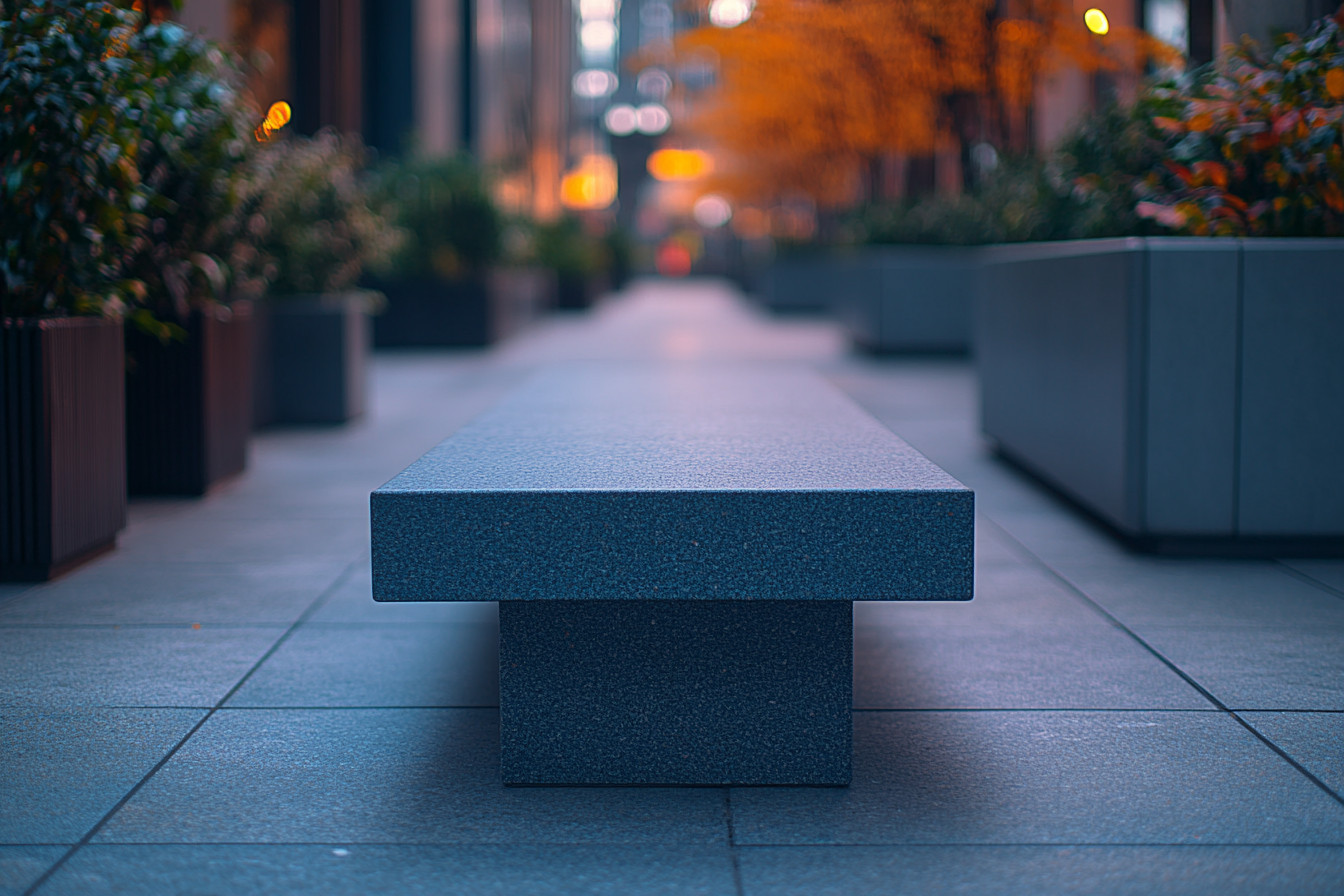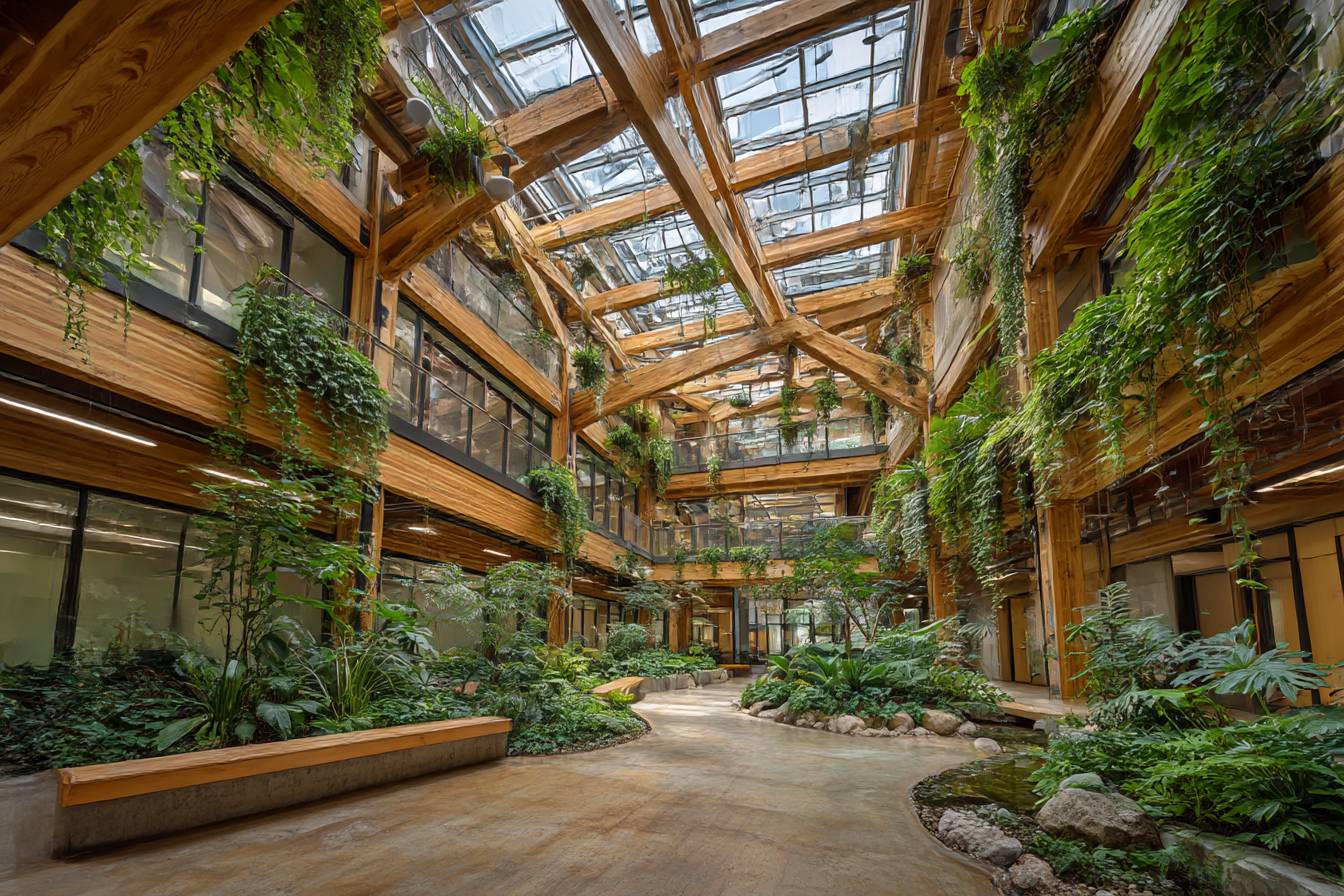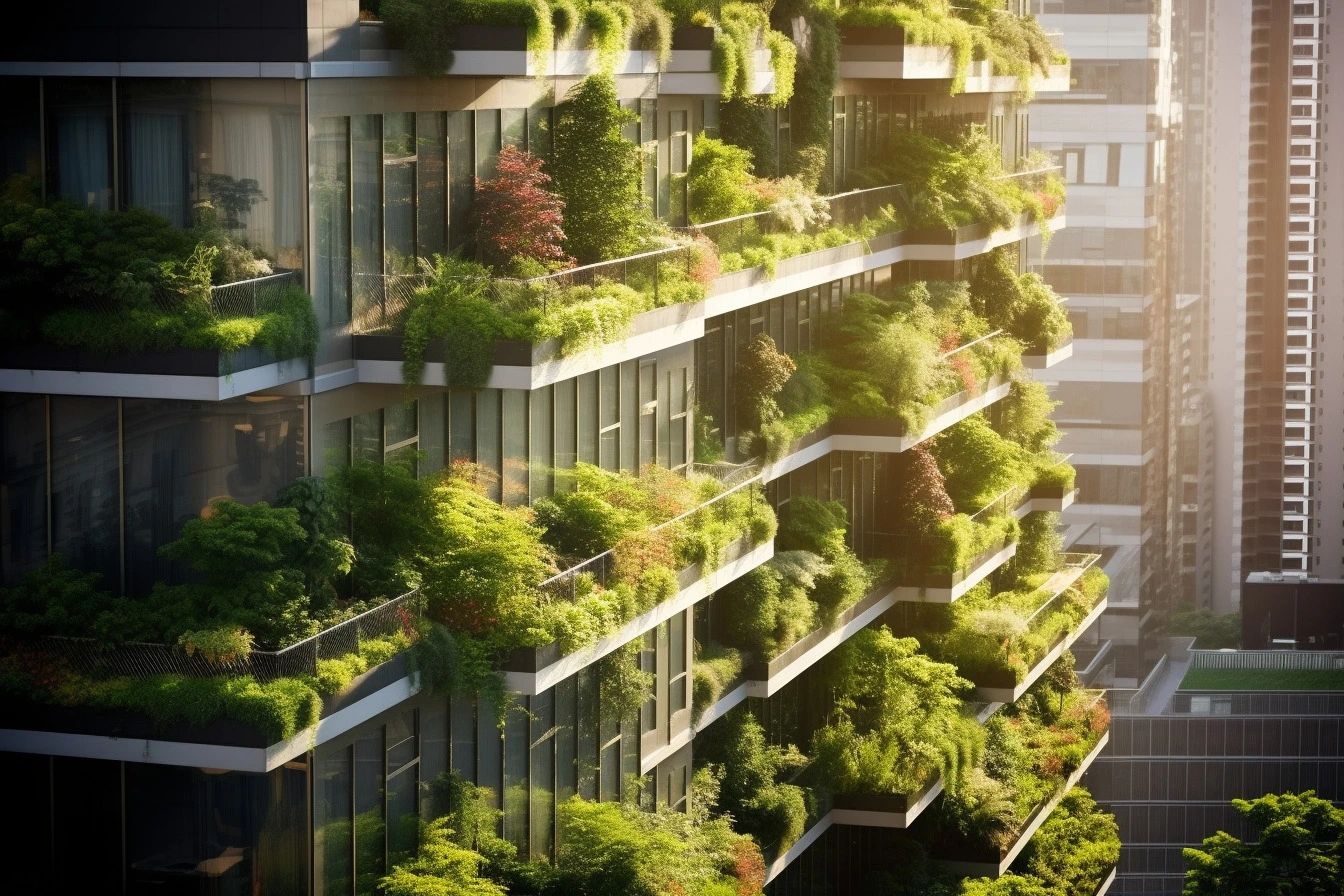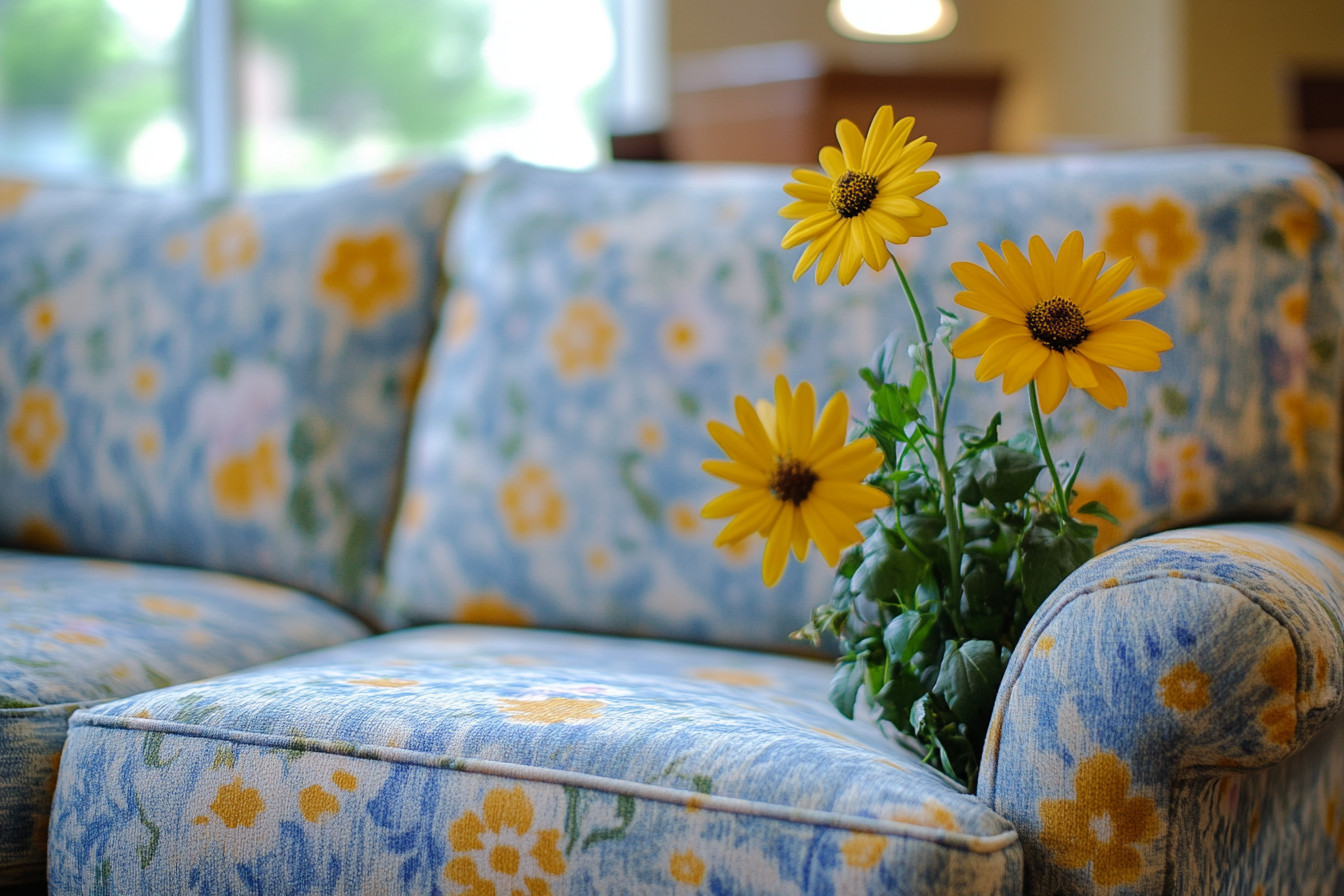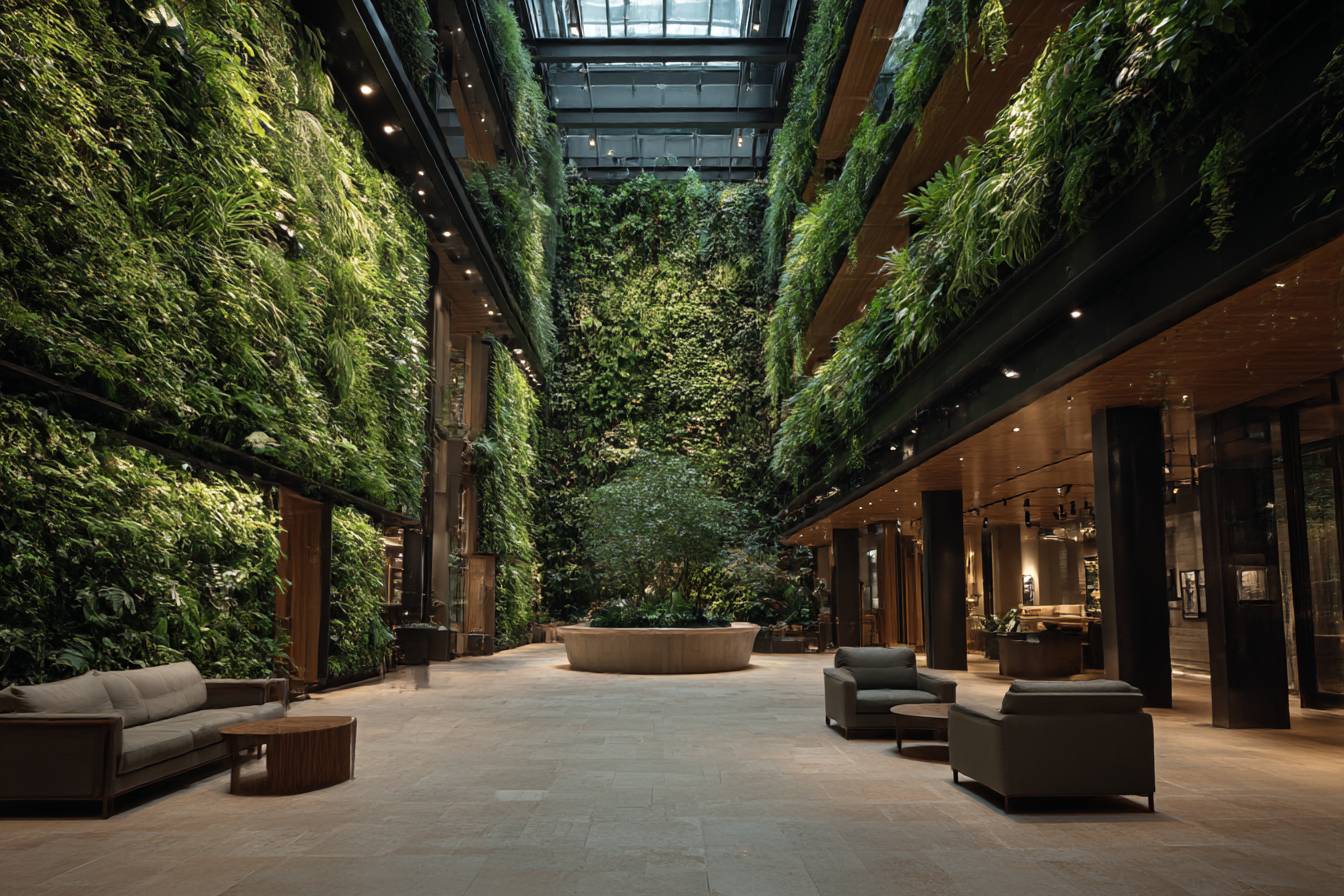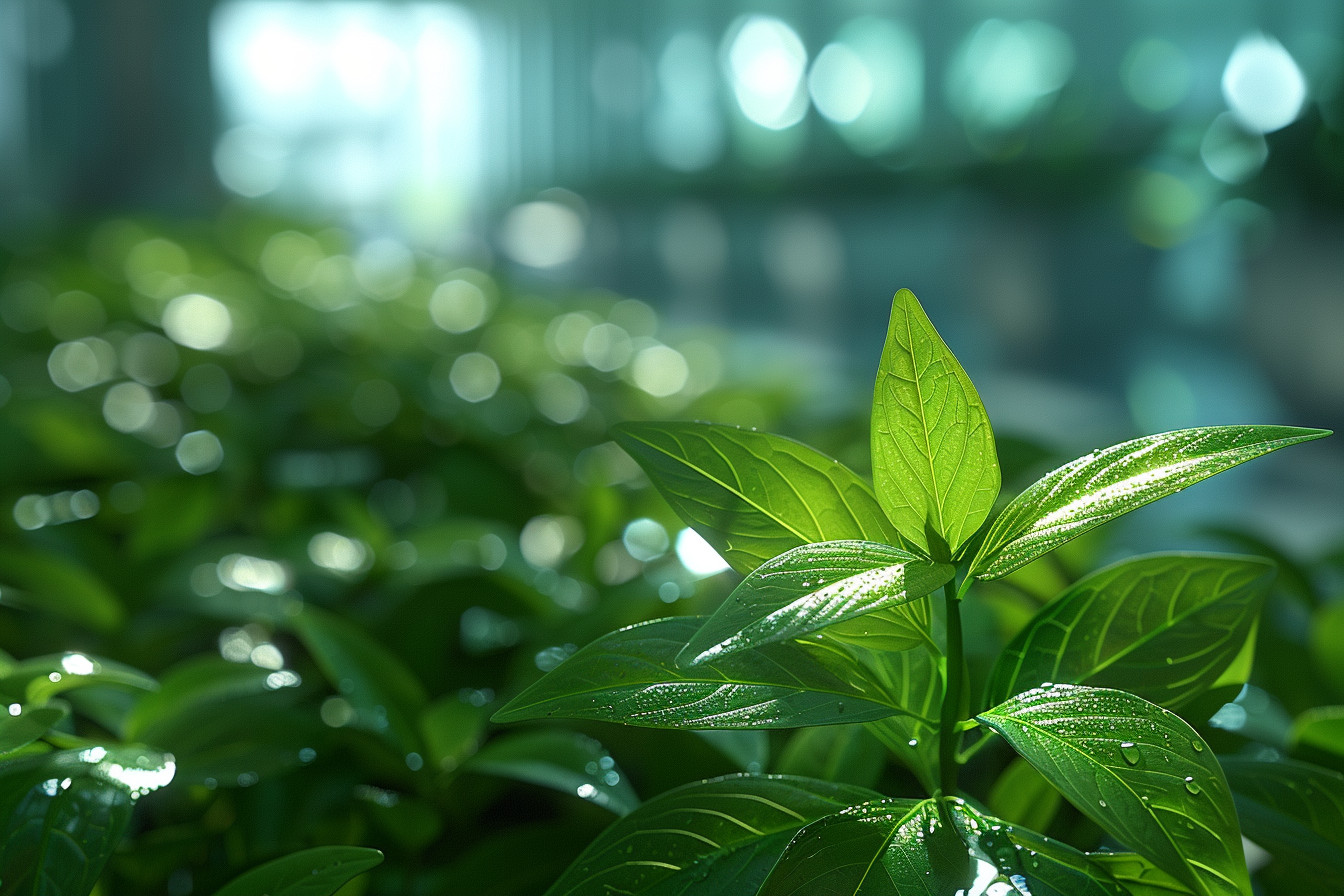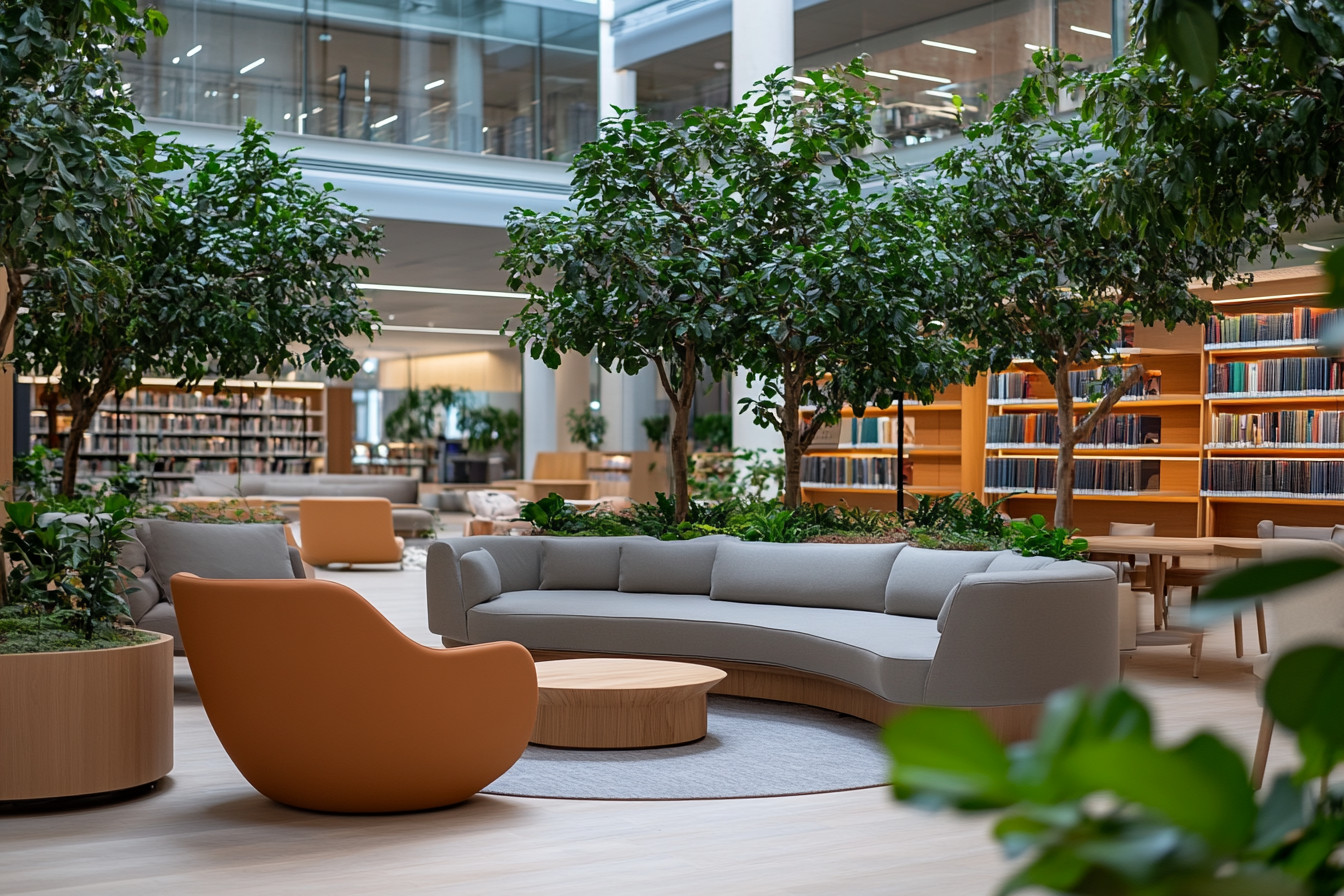
Why I’m Obsessed with Libraries That Feel Like Nature (And How They’re Helping My Kids Love Reading Again)
I never thought I’d become the kind of parent who gets excited about library architecture, but here we are. It started when my daughter was struggling with reading focus and…
